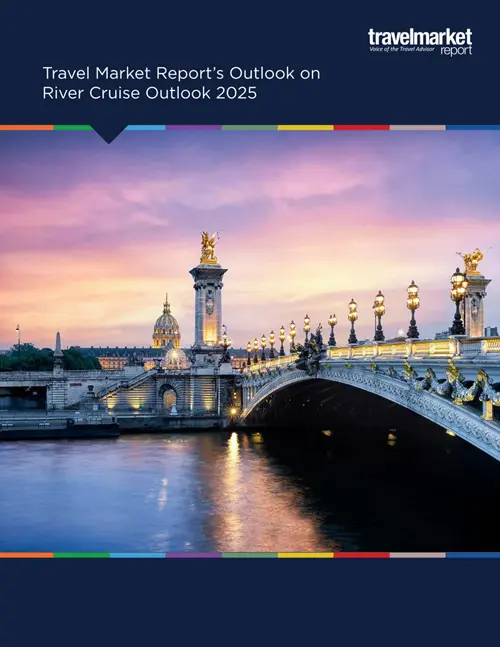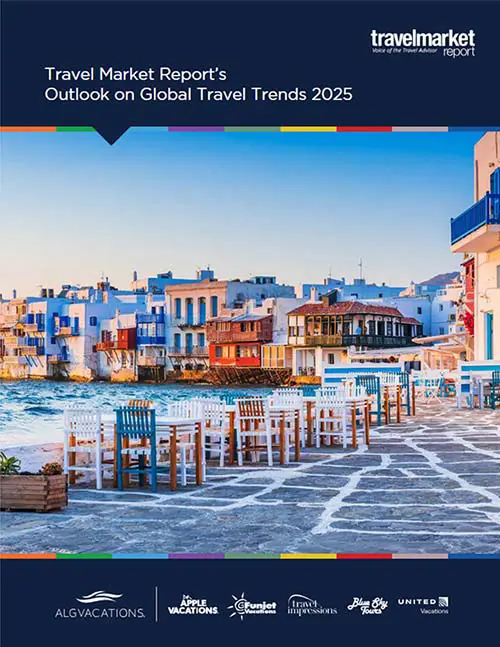Face-to-Face Time Drives Destination Decisions, Survey Says
by Maria LenhartWhen choosing a destination, meeting planners are most influenced by fam trips and face-time communication with CVBs and suppliers, according to a new survey by Development Counselors International (DCI).
Other marketing methods—including social media, text messaging, advertising, and printed promotional materials—are far less influential in driving site selection, reported A View from Meeting Planners: Winning Strategies in Destination Marketing, a survey of 212 corporate and association planners who select meeting sites in domestic and overseas locations.
“What really stood out is that human interaction is king,” Daniella Middleton, director of business events for DCI, a destination marketing company, told Travel Market Report. “The meeting industry has long been promoting the significance of face-to-face meetings. As it turns out, destination marketers need to realize that face-to-face communication is also important to meeting planners themselves.”
The planners in the survey, which was conducted in mid-2015, ranked face meetings with CVBs and suppliers, whether at trade shows or hosted receptions, as the most effective means of influence in selecting a new destination. By far, the largest number of planners (66%) named IMEX America as the trade show they most frequently attended during the past three years.
“Based on these results, we recommend that destination marketers participate in trade shows if they want to reach planners,” Middleton said. “However, that doesn’t have to mean only the largest shows. We advise them to also look at the smaller shows that might be best for their market.”
A huge majority of respondents (88%) said they consider fam trips important or very important in influencing their perception of destinations.
DMOs Top Sources
DMOs and CVBs ranked highest as the leading sources of information for planners (67%), but a majority of respondents said they also were highly influenced by personal or business travel (63%) and dialogue with industry peers (63%).
“The survey underscored the importance of the CVB and the DMO, with more than half of planners saying they work with these sources,” Middleton said. “Although corporate planners are more likely than association planners to work only with hotels, about half of them also work with CVBs—and that was a surprise.”
When it comes to communicating with CVBs outside of in-person events, the majority (55%) selected e-mail as their preferred way to receive information, slightly ahead of e-mail combined with phone calls. Social media, advertising, destination e-newsletters, and online webinars all ranked among the least effective forms of communication.
“Social media did not rank high and that really challenged our assumptions about the importance of digital marketing,” Middleton said. “Social media is not an effective catalyst for introducing a planner to a destination—they need to have met someone from there.”
Top-Ranked Destinations
When asked to name the most favorable destinations for international meetings, the planners rated London, Paris, Dublin, Barcelona, and Amsterdam as their top choices. When it came to preferred convention bureaus, those in London, Monaco, Barcelona, Dublin and Vienna topped the list.
Dublin and Amsterdam are newcomers to the preferred list; neither was cited as a top choice in a previous DCI survey conducted in 2012, Middleton noted.
Both have new convention facilities and have taken on a more aggressive approach in marketing themselves, she said.
When it comes to the least preferred international locations, planners cited the Middle East, Mexico, Russia and Istanbul/Turkey.
Paris, which made the top choice list, made the least favorite list as well.
The Middle East, Turkey, and Mexico were all ranked low because of safety and security issues, while Paris was criticized as being too expensive and too prone to labor strikes, Middleton said.
On the domestic front, planners named San Francisco, New York, and Chicago as the most favorable locations for meetings, while also citing costs and labor issues as negatives for these cities.
Pic: Dell’s Official Flickr Page



















